Altomonte bread
Bread, a simple and universal food, has represented for centuries not only a daily necessity, but also a symbol of sharing, hospitality and cultural identity. In many Italian villages, the bread-making tradition has remained alive, handed down from generation to generation and now recognized as an intangible heritage to be preserved. From community ovens to ancient mills, each area holds a secret, a scent and a flavor that tell the story of its inhabitants.
In this journey we will discover six Italian villages, each linked to a unique and identifying bread: Altomonte in Calabria, Triora in Liguria, Monte Sant’Angelo in Puglia, Altopascio in Tuscany and Chioggia in Veneto.
Calabria: The Bread of Altomonte
Altomonte, a medieval village nestled between the Pollino Mountains and the plain of Sibari, is famous for its rustic, fragrant bread. Pane di Altomonte is born from the fusion of local grains, spring water and sourdough, processed according to ancient rituals that stand the test of time. The golden, crisp crust guards a soft, firm crumb, capable of remaining fragrant for several days.
Altomonte’s tradition links bread-making to community moments: wood-burning ovens, still present in some quarters, were once the beating heart of the village, where families would bring their forms to bake, transforming the wait into an opportunity to meet. The ideal time to discover Altomonte is during the Great Bread Festival, when the streets of the village are transformed into a large open-air oven, celebrating the ancient art of baking.
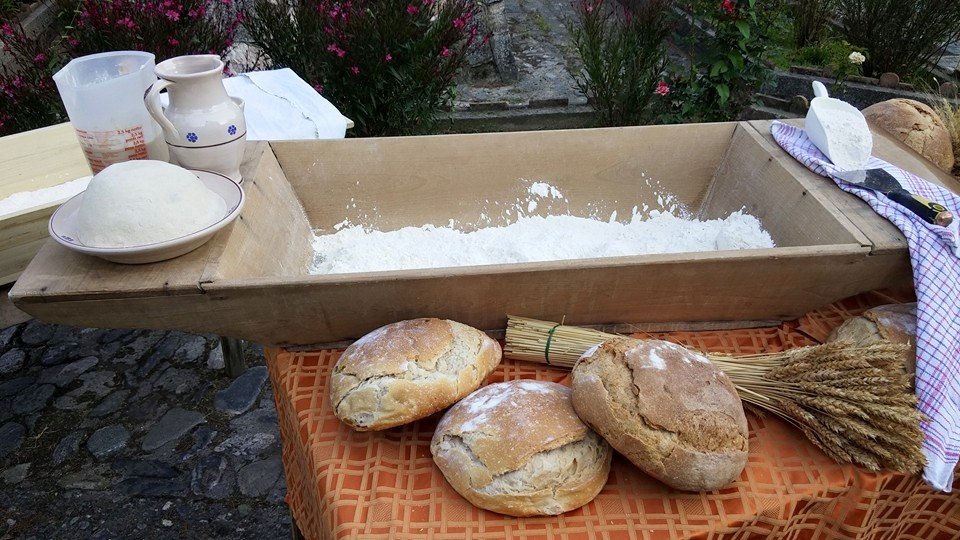
Liguria: The Bread of Triora
The bread of Triora is one of Liguria’s most fascinating typical products, inextricably linked to the medieval village of Triora, in the upper Argentina Valley, famous for its 16th-century witch trials (bàggiure). It is precisely this popular tradition that intertwines the history of the bread: in fact, it is said that it was once also kneaded with ergot, a cereal infected with the fungus Claviceps purpurea, known for its psychotropic effects on humans. According to legend, this ingredient contributed to visions and behaviors deemed “witchcraft” by authorities of the time. What makes the Bread of Triora really special is its baking on wooden boards sprinkled with bran. This technique, originally created to prevent the dough from sticking, proved in time to be an added value: the crust turned out thicker and tastier, while the interior remained soft and firm. In some cases, to further enrich the aroma, it was even baked on chestnut leaves laid on the bran. Thanks to its long shelf life and rustic, slightly acidic flavor, this bread is perfect to accompany soups and typical Ligurian dishes, but it is at its best with local cheeses, especially brussu, a fresh cheese fermented with grappa or brandy, which creates an intense and unforgettable contrast.
Triora bread has been granted Traditional Food Product (PAT) recognition and is a virtuous example of how a small village can transform its tradition into an element of identity and tourism promotion.
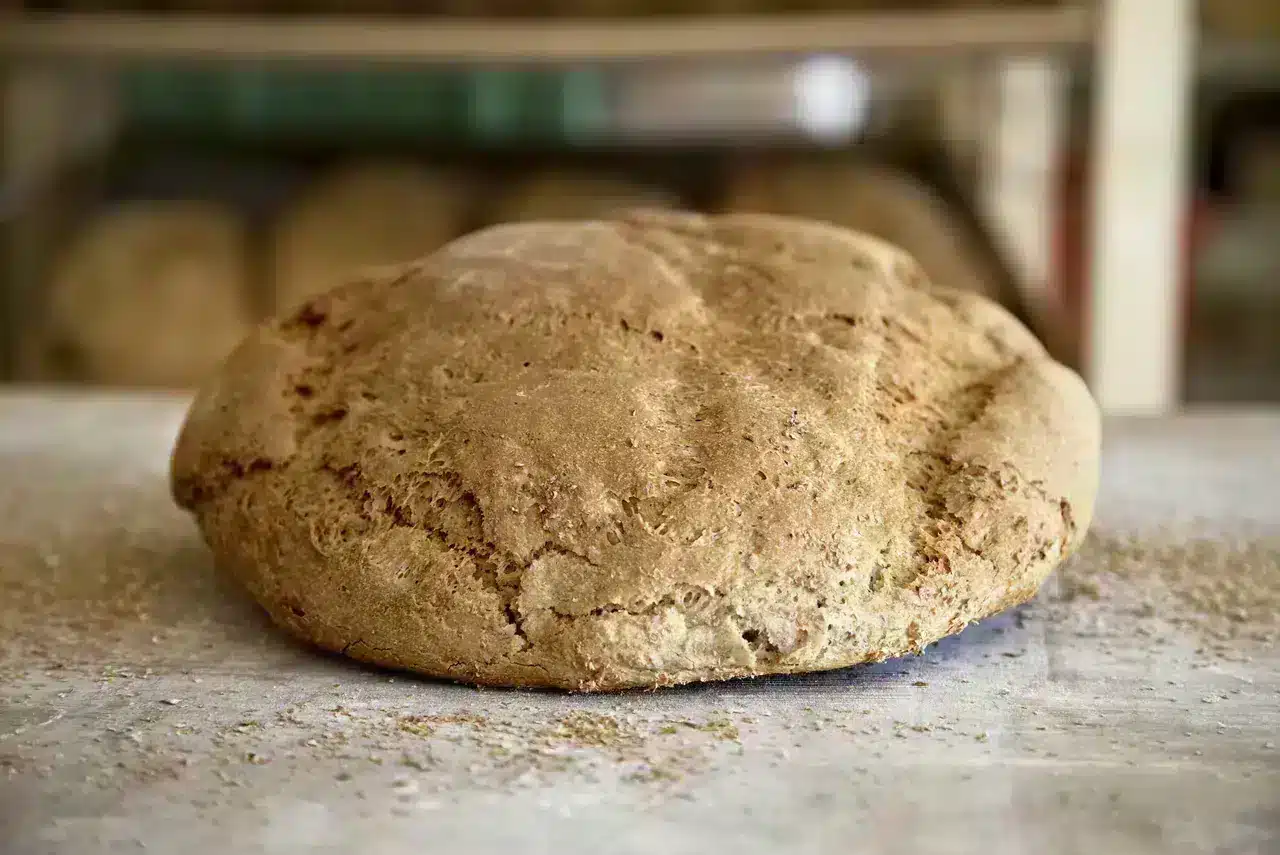
Puglia: The Bread of Monte Sant’Angelo
The Bread of Monte Sant’Angelo, recently recognized as a Slow Food Presidium, is more than just a food: it is the identity symbol of a community that has been handing down the knowledge of traditional bread-making for centuries. In this Gargano village, famous for the UNESCO World Heritage Sanctuary of St. Michael the Archangel, bread is born from an ancient ritual that begins in the middle of the night, when bakers regenerate the sourdough starter and knead flours from local soft grains, unusual in an Apulia dominated by durum wheat. The shapes are imposing – round loaves that can reach 80-90 cm in diameter and weigh up to more than 10 kilos – with a crispy almond-colored crust and a soft, firm crumb, capable of retaining fragrance for up to two weeks. It is baked in traditional firestone ovens, lit almost nonstop, which give the bread its unmistakable aroma. It is not just a baked product, but the staple of the local cuisine: the protagonist of poor and tasty dishes such as pancotto and acquasale, the perfect companion to fresh tomatoes and Dauno DOP extra virgin olive oil. The bread of Monte Sant’Angelo recounts the memory of peasant civilization and holds a sacred value: each loaf is not just nourishment, but living testimony to a cultural heritage that unites the community and welcomes anyone who comes to it on the sacred mountain of the Gargano.
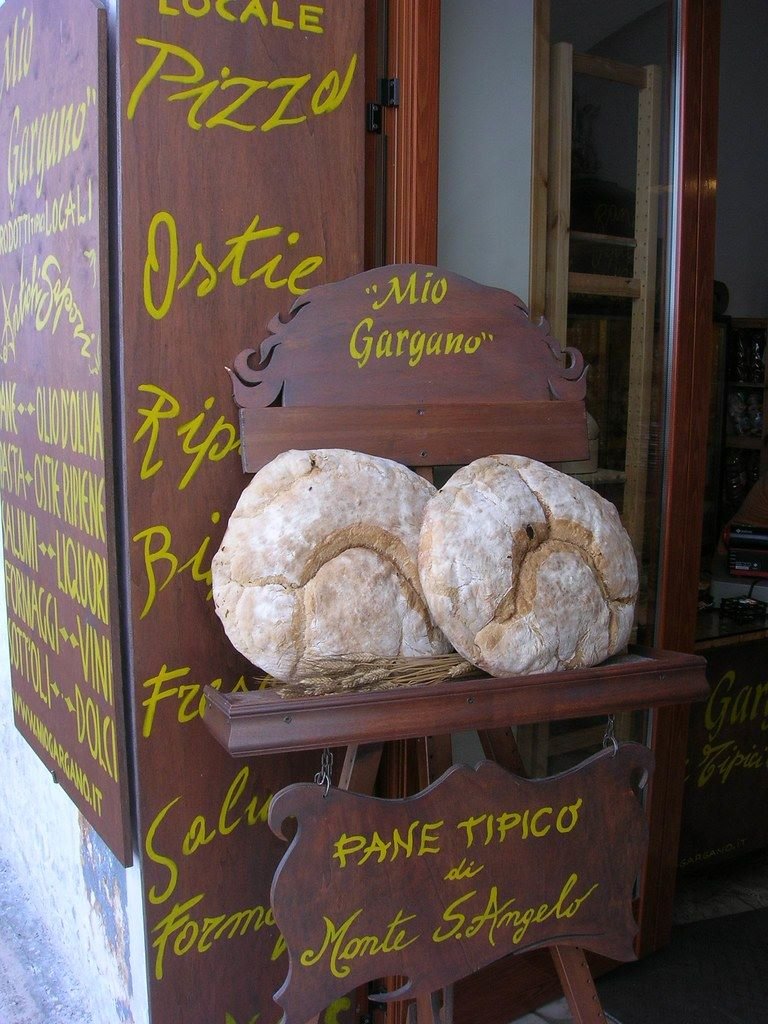
Tuscany: The Bread of Altopascio
The Bread of Altopascio is one of the most authentic symbols of Tuscan tradition, so much so that it has earned the village in the province of Lucca the nickname “city of bread.” Its origins date back to the Middle Ages, when the Knights of Tau, a hospitable confraternity that welcomed pilgrims along the Via Francigena, made gifts of it to wayfarers as a gesture of support and hospitality. Even today this link with the past can be felt in the streets of the village, where bread remains an emblem of community and solidarity. Its uniqueness lies in its processing: it is in fact a silly bread, devoid of salt, prepared with flour and water and made to rise thanks to a traditional dough called sconcia, renewed every day. It has a quadrangular shape (the typical bozza) or elongated shape (the filone), a thin, golden crust and a soft, firm crumb, perfect to enjoy with Tuscan cured meats, aged cheeses or as bruschetta with extra virgin olive oil from the hills of Lucca. It is not just a food, but a true cultural pillar, celebrated every year during the Bread Festival, which enlivens Altopascio with tastings, historical re-enactments and moments of conviviality, thus renewing a centuries-old tradition that continues to tell the story of a territory and its people.
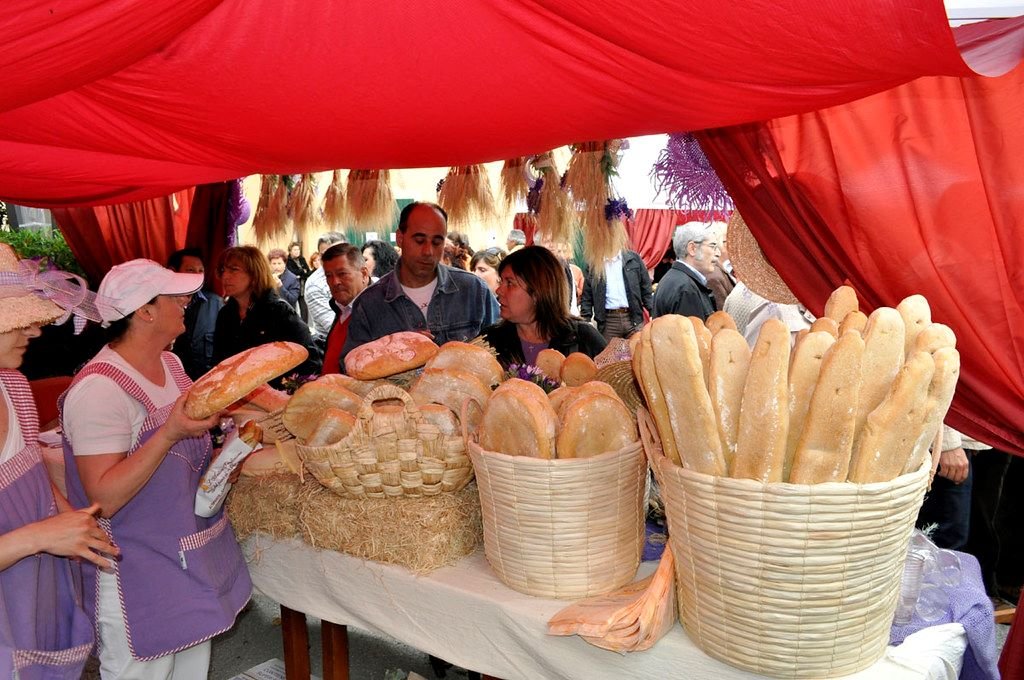
Veneto: The Bread of Chioggia
The Bread of Chioggia, known as bossolà or bussolà, is one of the most representative products of the Venetian lagoon tradition and traces its origins back at least to the seventeenth century, as attested by ancient documents preserved in local archives. Considered the fishermen’s bread, bossolà was prized for its long shelf life and resistance to the lagoon’s humid and brackish climate: dry, crispy and free of mold, it could in fact accompany sailors and chioggiotti on long fishing trips on the open sea. Its characteristic ring shape derives from a practical custom: it was strung on the scales of boats to dry in the sun and keep longer. The dough is simple, made from flour, water, yeast and salt, worked by hand and then rolled until the typical circle is obtained, which, when baked, takes on a fragrant and crumbly texture. Today, bossolà is prepared in the city’s artisan bakeries following the recipe handed down from father to son, but it can also have small variations with sesame or without yeast, designed for modern needs. Versatile and genuine, it can be enjoyed both with sweet – jams, honey, chocolate – and savory, paired with cured meats, cheeses and, of course, fish from the lagoon, thus continuing to tell the story of Chioggia and its indissoluble link with the sea.
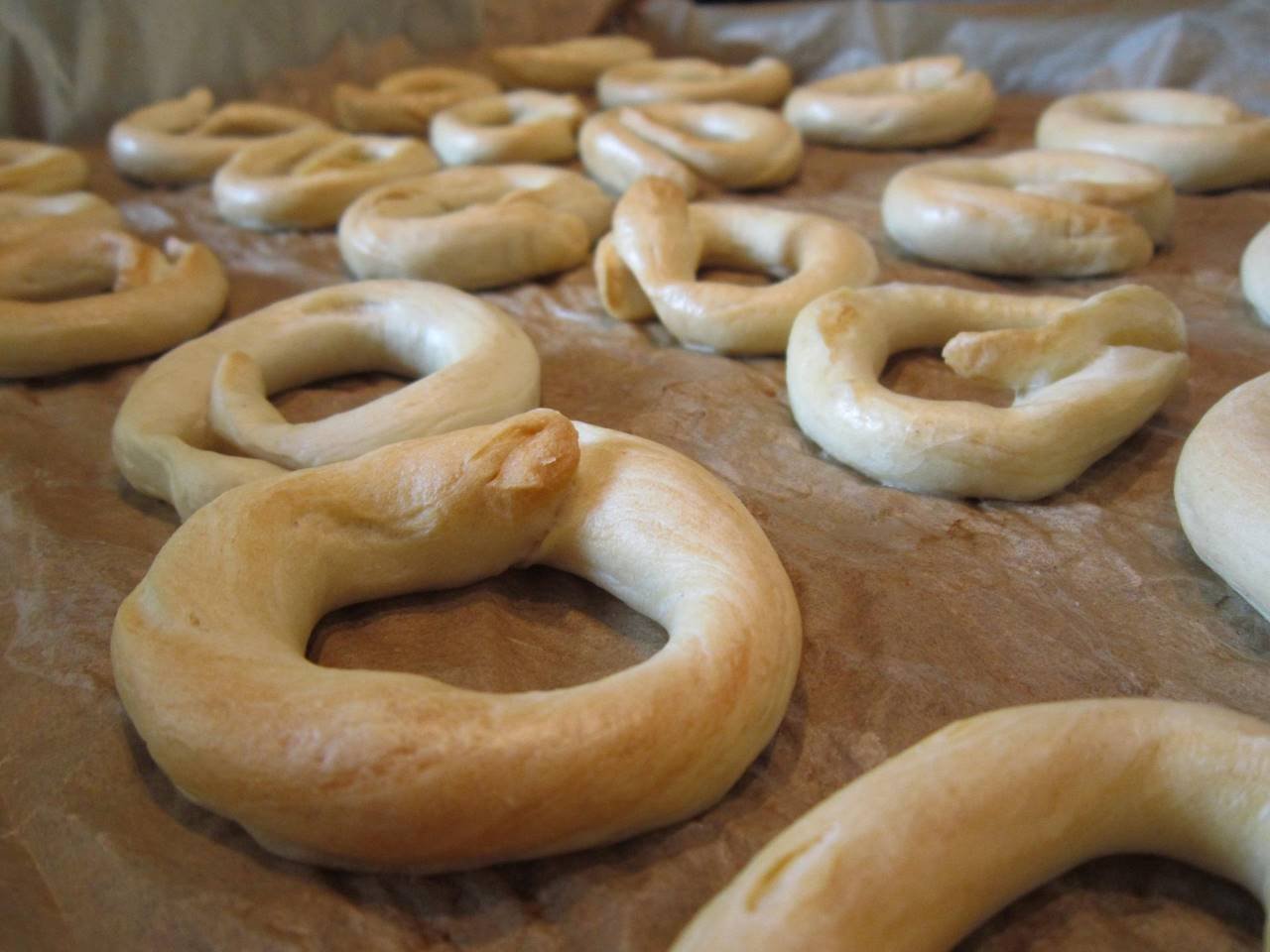
Ph. Chioggia estate
The journey through the Borghi del Pane (Bread Villages) takes us to discover not only unique products and ancient recipes, but above all the soul of communities that for centuries have found in bread a symbol of identity and sharing. From the rustic fragrance of the Bread of Altomonte to the legend that surrounds that of Triora, from the large Gargano shapes of Monte Sant’Angelo to the silly bread of Altopascio to the bossolà of the fishermen of Chioggia, each village tells a story made up of traditions, gestures handed down, and values that resist time. In these places, bread is not just food: it is memory, culture, a daily ritual and an occasion for encounters. Visiting the bread villages then means rediscovering the authentic taste of Italy, made of simplicity, authenticity and deep roots that continue to nourish the present.

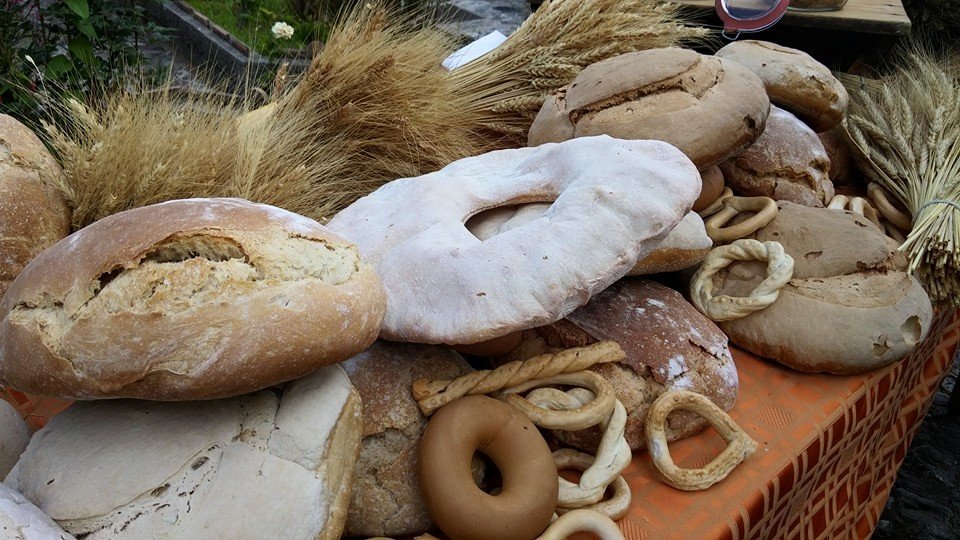
0 Comment